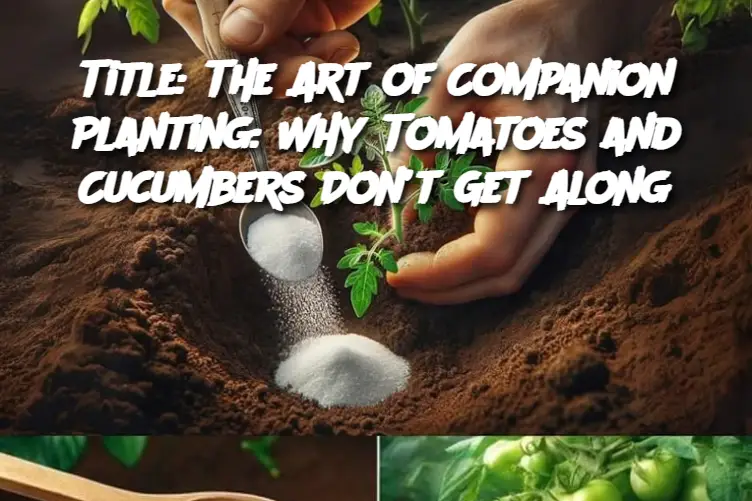- Understand Their Differences: Tomatoes and cucumbers are both heavy feeders but prefer slightly different nutrient balances and watering habits.
- Spacing and Airflow: Both plants require good airflow to prevent fungal diseases like powdery mildew and blight, which can spread more easily when grown too close.
- Sunlight Competition: Vining cucumbers can shade tomatoes or compete for vertical space, limiting fruit development.
- Pest Attraction: Both plants attract similar pests—aphids, whiteflies, and spider mites—making them more vulnerable when planted together.
- Alternative Companions: Tomatoes do better with basil, marigolds, or carrots, while cucumbers thrive near beans, dill, and sunflowers.
Serving and Storage Tips
- Crop Rotation: Rotate tomato and cucumber crops each year to prevent soil nutrient depletion and disease buildup.
- Plant Separation: If space is limited, grow tomatoes and cucumbers in containers or separate garden beds.
- Vertical Gardening: Use trellises to train cucumbers away from tomato plants and reduce crowding.
Variants – Better Plant Pairings
- For Tomatoes: Basil, chives, marigolds, and nasturtiums help deter pests and improve flavor.
- For Cucumbers: Radishes, dill, beans, and calendula encourage growth and control pests naturally.
FAQ
Q: Can I grow tomatoes and cucumbers in the same garden? A: Yes, but it’s best to separate them by a few feet and ensure they have their own supports and space.
Q: What if I already planted them together? A: Focus on proper spacing, pruning, and regular monitoring for pests and disease.
Q: Why do companion plants matter? A: They can enhance growth, attract beneficial insects, and reduce the need for chemical interventions.
Understanding the unique preferences of each plant helps your garden thrive. While tomatoes and cucumbers may not be the best of friends, strategic planning and spacing can ensure both produce an abundant harvest.
continued on next page
